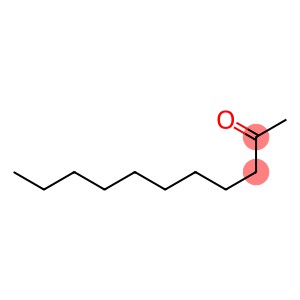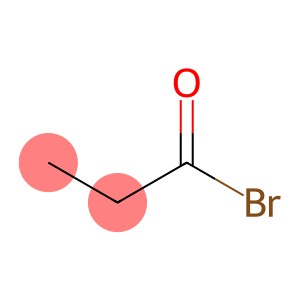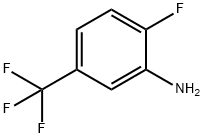Ethyl (E)-hex-2-enoate(CAS#27829-72-7)
| Hazard Symbols | C – Corrosive |
| Risk Codes | R34 – Causes burns R10 – Flammable |
| Safety Description | S26 – In case of contact with eyes, rinse immediately with plenty of water and seek medical advice. S27 – Take off immediately all contaminated clothing. S28 – After contact with skin, wash immediately with plenty of soap-suds. S36/37/39 – Wear suitable protective clothing, gloves and eye/face protection. S36/39 - S45 – In case of accident or if you feel unwell, seek medical advice immediately (show the label whenever possible.) S35 – This material and its container must be disposed of in a safe way. S3/9 - S36 – Wear suitable protective clothing. S15 – Keep away from heat. |
| UN IDs | UN 3265 8/PG 2 |
| WGK Germany | 2 |
| RTECS | MP7750000 |
| TSCA | Yes |
| HS Code | 29171900 |
| Hazard Class | 3 |
| Packing Group | III |
Introduction
Ethyl trans-2-hexaenoate is an organic compound. Here is some information about its properties, uses, manufacturing methods, and safety:
Quality:
- Appearance: Colorless liquid.
- Solubility: Soluble in organic solvents such as ether and methanol.
Use:
One of the main uses of trans-2-hexenoic acid ethyl ester is as a solvent and has a wide range of applications in industrial fields such as inks, coatings, glues, and detergents. It can also be used as a chemical intermediate for the synthesis of other organic compounds.
Method:
The usual preparation method of trans-2-hexaenoate ethyl ester is achieved by gas-phase reaction or liquid-phase reaction of ethyl adipaenoate. In gas-phase reactions, catalysts at high temperatures are often used to catalyze the conversion of ethyl adipadienate to trans-2-hexenoate through an addition reaction.
Safety Information:
- Ethyl trans-2-hexenoate is generally a relatively safe compound under normal use conditions.
- When operating, good ventilation measures should be taken to prevent its vapors from accumulating in the air to reach flammable concentrations.
- When using the compound, wear appropriate personal protective equipment, such as gloves and protective eyewear, to prevent skin and eye contact.








